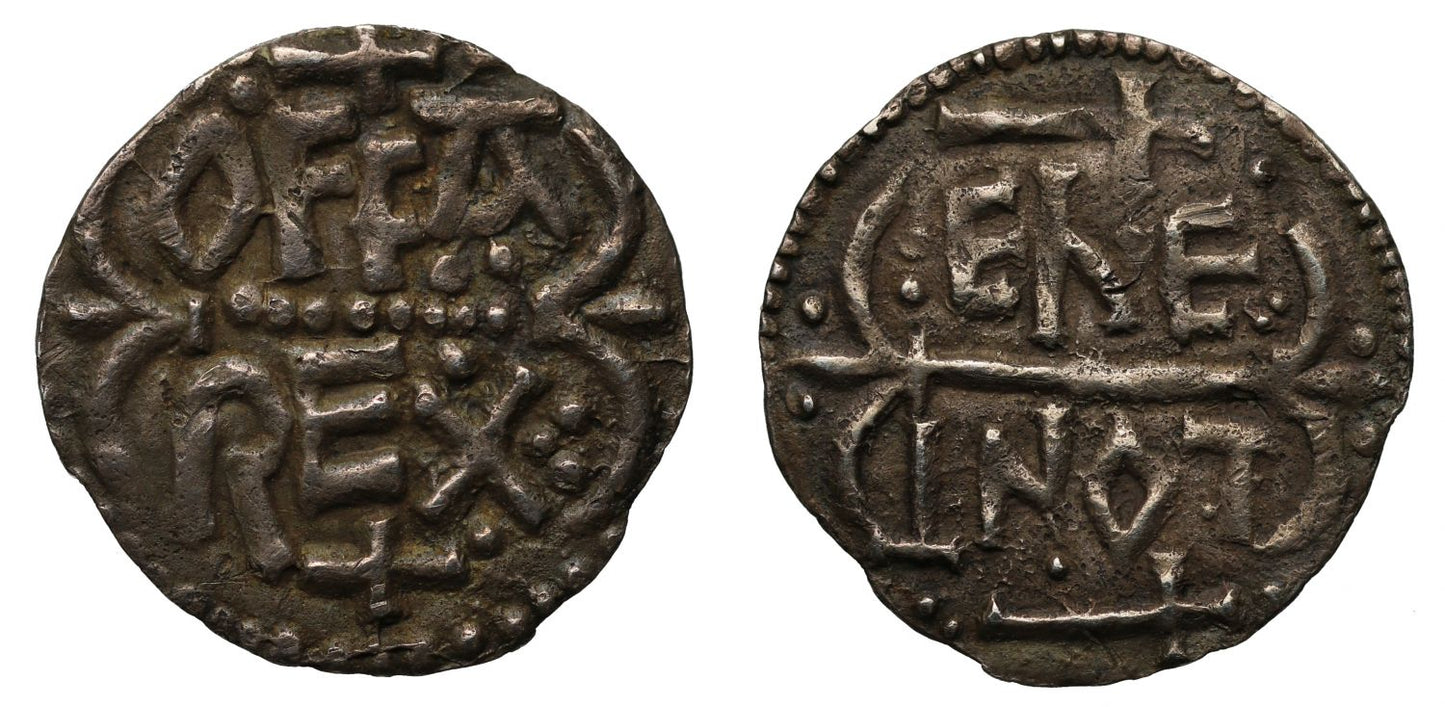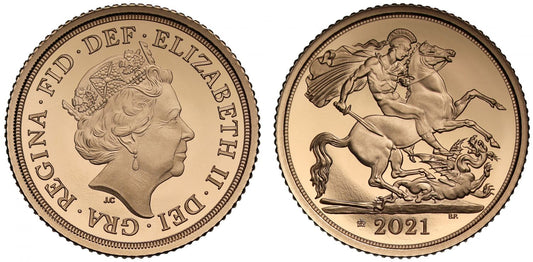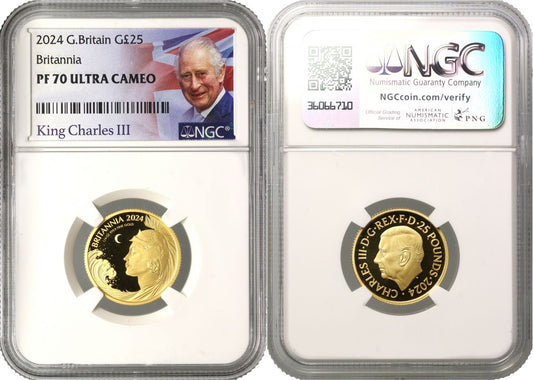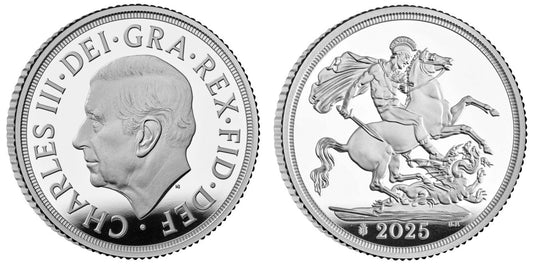FAQs
What makes a coin valuable?
I have coins to sell, what’s the next step?
How will my purchases be shipped?
What happens if I’m not entirely happy with my purchase?
Offa, light coinage Penny, Canterbury, moneyer Ethelnoth, die link with Jaenberht
Offa (757-796), King of Mercia, silver Penny, light coinage (c.780-792), Canterbury Mint, moneyer Ethelnoth, King's name in two lines divided by beaded bar with fleured ends, cross above and below, some pellets around end of each line and lozenge shaped O at start, OFFA / REX, rev. moneyer name in two lines, first T inverted and with long Latin cross above and below, linear bar across centre with fleured ends and pellets, EhE / TNOT, weight 1.17g (cf. BMC 48-50; Chick type 120a this coin; Blunt 54 this coin; N.287; S.904). Toned, good very fine and extremely rare, the only example recorded in Chick.
This obverse is shared with a Penny of Jaenberht the Archbishop of Canterbury, Chick 152c. See British Numismatic Journal, volume XXIX, 1958, pages 8-9, Some New Mercian Coins by Christopher Blunt, plate XV this coin illustrated.
With the second longest reign in Mercian history at 39 years, Offa was arguably the most powerful ruler of the early Anglo-Saxon period dominating Southern England and claiming as much as to be King of the English, and later known as Offa the Great. Surprisingly little is known for such a long reign, but this perhaps suggests times of peace, stability and control over his nobles. If the genealogies are correct, he was cousin of King Aethelbald and descended from Eowa, the brother and co-ruler of Penda. Offa's Father was Thingfrith who was the son of Eanwulf. Offa seized power on the murderous death of Aethelbald in 757 overthrowing the usurper Beonred. The records remain quiet for the first twenty years of the reign at a time when a new style coinage emerges clearly influenced by the latest models on the continent, and it is thought Offa even brought Italian engravers based on style and artistic form. An art that was lost not long after and such life-like portraits not being seen again until the Renaissance in the Tudor period hundreds of years later.
Some Mercian borders remained vulnerable and the Welsh recorded a victory at Hereford in 760 which ultimately led to the construction of Offa's dyke from the River Wye to Flintshire. The dyke skilfully using the topography of the land as a physical barrier and as an Anglo-Welsh border was no doubt well patrolled. Offa also effectively dealt with Kent eventually defeating King Sigered in 764 and installing two rulers to counter each other, Heahbert and Ecgbert. Though upon the death of Heahbert in 776, Ecgbert revolted with Offa suffering a rare defeat at Otford, but eventually regaining control on Ecgbert's death circa 784, installing Eahlmund as a client King. Offa also had fraught relations with the Archbishopric of Canterbury and Jaenberht in the 780s leading to Offa setting up for one term only the Archbishopric of Lichfield in Mercia with the blessing of Pope Hadrian and Bishop Hygeboerht installed, Offa managed to block opposition to the Pope from Canterbury. Aethelheard the successor to Jaenberht at Canterbury was on much improved terms with Offa and after the death of Offa the Archbisopric of Lichfield lapsed. The Archbishop of Lichfield had presided over a coronation in 787 for Offa's son Ecgfrith as joint co-ruler of Mercia and unprecedented crowning within a Father's lifetime but also this secured succession.
Offa also had military successes against Cynewulf of Wessex in 779 at Bensington, and after Offa's eventual dominance of Kent around 785, Wessex and Cynewulf's successor Beohrtric became much more dependent on the Mercian King and even married his daughter Eadburh. Offa's other daughter Aelfleda married King Aethelred Moll of Northumbria.
There is also an account if true that in 794 Offa executed the visiting King Aethelberht of East Anglia at Sutton Walls near Hereford apparently upon the wishes of Queen Cynefryth, suppressing the King-ship of the area.
Offa was good at self-promotion upon his coinage and was the most powerful ruler in England and seen as a counterpart to Charlemagne. He introduced a gold mancus in an Arabic dinar style that proudly displayed his name in English and remains as a unique coin in the British Museum. His silver coinage showed innovative layouts and designs and the portrait coins showed very life-like portraits as well as a coinage for his wife Cynefryth who was the first English Queen to be depicted upon a coin.
Offa died on 26th July 796 in his sixties and ironically his co-ruling son Ecgfrith died just months later in the same year at which point the dynasty collapse.
The obverse legend translates as "Offa King" and the reverse with moneyer name "Ethelnoth"
Provenance:
Purchased in Farnham, Surrey by A. L. Phillips 1958 "for a modest sum".
Ex A. L. Phillips Collection, Spink Numismatic Circular, February 1973, item 1189, highlighted as a unique coin recorded by C. E. Blunt as the first die link between Jaenberht and Offa at £1,350.
Ex Mrs E. M. H. Norweb, English Collection part IV, Spink Coin Auction 59, 17th June 1987, lot 1174.
Ex Lawrence R. Stack Collection, Sotheby, 22nd April 1999, lot 277.
Ex Collection of an English Doctor, part one, Sovereign Rarities, London, March 2022.
FAQs
What makes a coin valuable?
I have coins to sell, what’s the next step?
How will my purchases be shipped?
What happens if I’m not entirely happy with my purchase?













